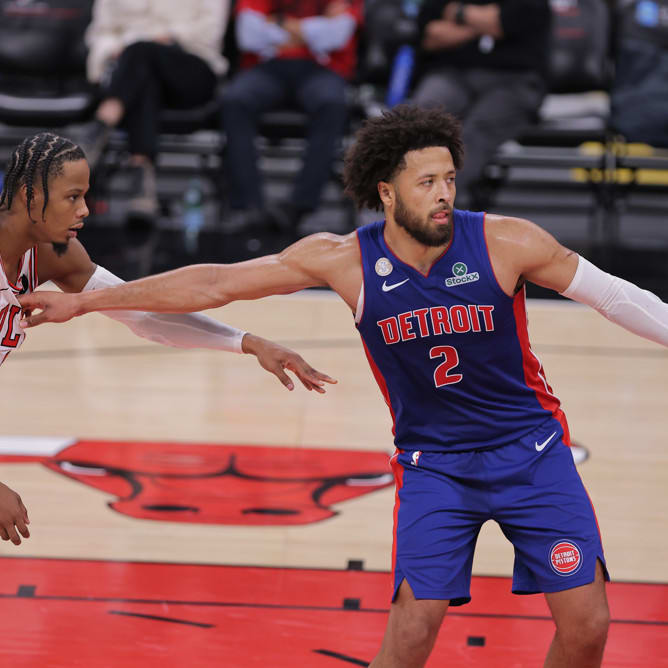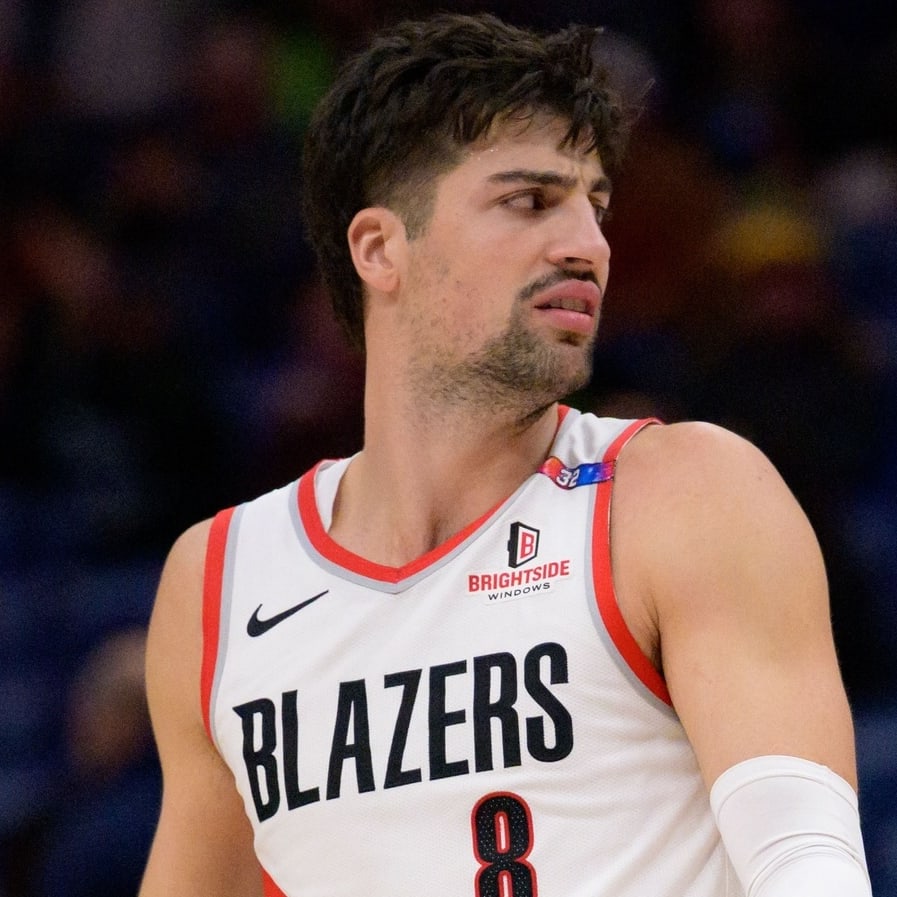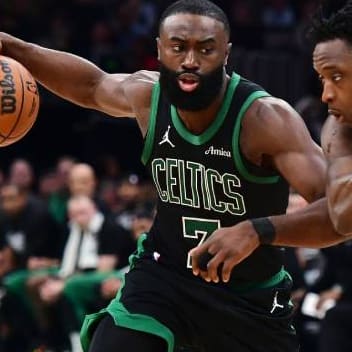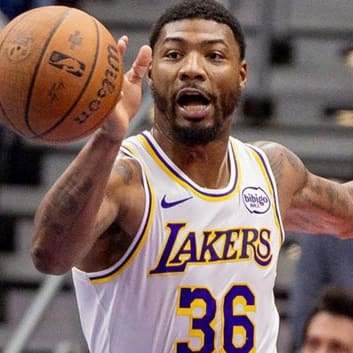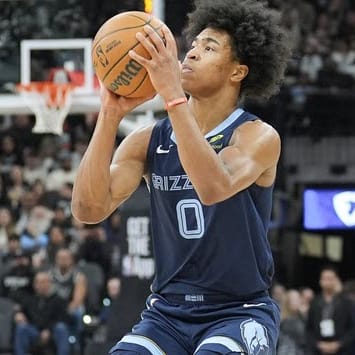Postseason rotations tend to get a lot tighter, but there's still value to be found on each team. Ideally, those plays will match up well with specific weaknesses on the opposition. The purpose of this two-part series will be to take a bit of a deeper dive into some typically useful DFS metrics and see where there may be exploitable spots that can be attacked with modestly priced players. We'll begin with the two Eastern Conference second-round series in Part 1 and follow up with an analysis of the Western Conference in Part 2:
Eastern Conference
Philadelphia (3) vs. Toronto (2)
Season series results: Raptors 3, Sixers 1
Notable Raptors metrics/areas to exploit: 10th-highest offensive efficiency rating allowed to point guards (25.5); sixth-highest shooting percentage allowed to point guards (45.1)
76ers value play(s) to consider: T.J. McConnell, PG
The X-factor here will be McConnell's minutes night to night in the series, which could fluctuate considerably. He logged over double-digit minutes in three of the five games against the Nets in the first round, but the 23 he saw in Game 5 represents an outlier that was strictly the byproduct of the blowout. McConnell is a solid distributor who can provide fantasy production in multiple categories, so he can offer decent returns on what should be very affordable prices if he at least reasonably approximates the 19.3 minutes he averaged during the regular season.
Notable 76ers metrics/areas to exploit: Fifth-highest offensive efficiency rating allowed to power forwards (26.5); sixth-most points in the paint allowed per game (51.2)
Raptors value play to consider: Serge Ibaka, F
OG Anunoby remains out following his appendectomy, with a return not likely until the conference finals if Toronto makes it that far. That should leave Ibaka with even more minutes off the bench than usual during the semifinal round. The veteran averaged 18.0 points, 8.7 rebounds, 2.0 assists and 1.0 block against the Sixers in three regular-season games. He then hit double digits on three occasions in the five-game series versus the Magic to kick off the postseason and averaged a solid 20.6 minutes off the bench. Given his well-documented track record of providing starter-quality production, Ibaka should represent excellent mid-tier value during what projects to be a highly competitive series.
Boston (4) vs. Milwaukee (1)
Season series result: Bucks 3, Celtics 1
Notable Celtics metric/area to exploit: 11th-highest offensive efficiency rating allowed to centers (33.0)
Bucks value play to consider: D.J. Wilson, F
As with the 76ers' McConnell, one of the questions for Milwaukee will be whether Wilson has much of a role off the bench after playing sparingly in the opening round. The second-year forward only eclipsed double-digit minutes on one occasion in the first-round sweep of the Pistons, logging 16 in Game 1. He also was highly efficient in the Game 4 series clincher, albeit in a small sample, posting seven points in just six minutes on the floor.
It's also at least worth noting that the Celtics gave Brook Lopez plenty of trouble this season, as he averaged just 5.0 points on 27.3 percent shooting over three games against Boston. Whether that trend persists in the semifinal round remains to be seen.
Notable Bucks metric/area to exploit: Fifth-highest three-point percentage allowed to small forwards (38.4); 11th -highest three-point percentage surrendered to shooting guards (36.1)
Celtics value plays to consider: Jaylen Brown, SG; Terry Rozier, SG; Gordon Hayward, SF
As they were in the first round, both Brown and Rozier are viable value considerations. The Bucks vulnerability to wings continued in the quarterfinal round, as they allowed the Pistons' Luke Kennard to average 15.0 points on 48.9 percent shooting, including a blistering 60.0 percent from three-point range.
Brown touched up the Bucks for 18.0 points (on 60.9 percent shooting, including 60.0 percent from three-point range), 6.0 rebounds, 2.5 assists and 2.5 steals across two regular-season games. He then finished off the Pacers in the quarterfinals with 13- and 23-point showings in Games 3 and 4, shooting 72.2 percent, including 66.7 percent from three-point range.
Rozier averaged 7.3 points, 3.5 rebounds and 2.8 assists across 19.0 minutes in the first-round series against Indiana, but even a slight uptick in his shooting percentage should lead to better overall fantasy production. Finally, Hayward averaged 14.5 points on 36.4 percent three-point shooting against Milwaukee in two regular-season games this season, and he encouragingly averaged 12.3 points, 5.0 rebounds, 1.8 assists and 1.0 steal across 31.0 minutes in the series versus the Pacers while draining 49.2 percent of his 8.8 attempts per game.

























